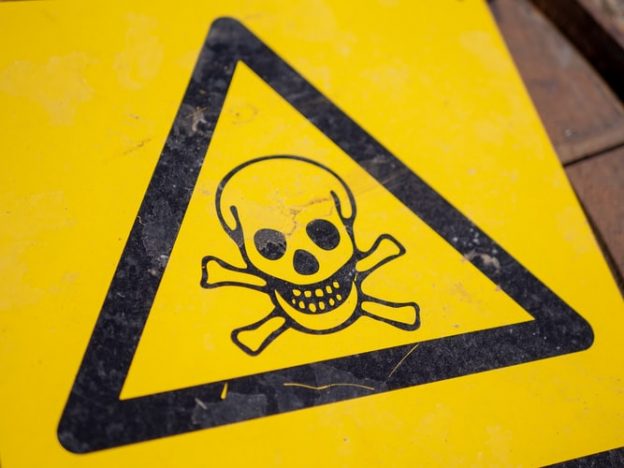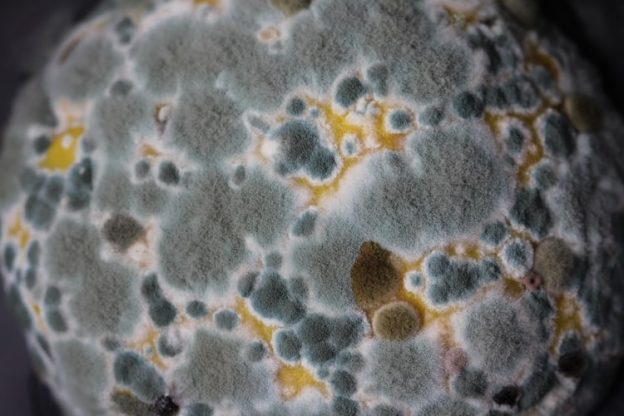Radon, which is considered a cancer-causing gas, is a decay product of uranium. This radioactive material is present in the soil and water; that’s why it naturally occurs everywhere. Since radon is a gas, it can move and enter your home, affecting the air quality you and your family breathe. Although it doesn’t cause adverse effects right away, long-term exposure can increase your risk of lung cancer. That’s why detecting radon through radon testing or using a Geiger counter is recommended.
Short-Term and Long-Term Radon Testing
Radon mitigation starts by identifying whether the gases are present in the area or not. This is why homeowners hire licensed radon contractors to perform radon testing. It has two types—short-term and long-term testing. The first one is used to determine the presence of radon gas. Long-term testing helps people monitor radon levels which is essential since the gas fluctuates at different times.
What is A Geiger Counter?
When testing your home for radon, you can use DIY radon test kits or a Geiger counter. The latter is also called a Geiger-Muller tube or a G-M counter which was named after Hans Geiger. Geiger is a German scientist whose work focused on detecting radiation in the early 1900s. In the 1920s, Walter Mueller, a graduate Ph.D. student of Geiger’s, perfected the gas-sealed detector. This is why he also received credit for his work, hence the name Geiger-Mueller tube.
The Geiger counter is an instrument that you can use to detect radiation. This device is handy since humans cannot see radon using any of their five senses. Since the Geiger counter can detect ionization, you can also use it for radon mitigation. Besides, many people like the Geiger counter because it is one of the least expensive electronic devices to tell you if there is radiation around you.
How Does A Geiger Counter Works?
Probably, you are wondering how a Geiger counter works. This device has two main parts: a sealed tube or chamber filled with gas, and the other one is an information display. When radiation enters the tube and collides with the gas, it pushes an electron away from the gas atom. As such, an ion pair is created. The wire in the middle of the tube attracts electrons which make other ion pairs. This sends a current through the wire.
The current sent through the wire goes to the information display, causing the needle across a scale to move or make a number display on a screen. This allows the device to provide “counts per minute,” or the number of ion pairs created every 60 seconds. If you turn the loudspeaker on, it clicks every time an ion pair is made. You can identify the number of clicks in the Geiger counter chamber, which tells how much radiation enters the device.
If you want to hear a clicking sound using the Geiger counter, you need to turn on the speaker. You can always hear a clicking sound since there is always some radiation in the background. Some of the radiation naturally comes from the sun, uranium in the soil, radon, particular rock, plants, and even food.
You can use different devices to detect radon, and one of them is a Geiger counter. Although some people doubt its accuracy, there are still homeowners who use this device to count how much radiation is present in homes. If you want professional radon mitigation, hiring a licensed radon contractor from your state is ideal.











